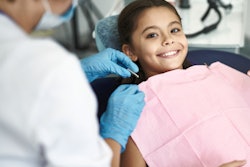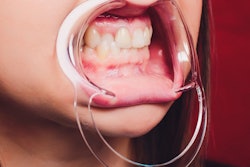
Dental Dose is a twice-monthly video series featuring pharmacologist Tom Viola, RPh. In each episode, Viola shares bite-sized pieces of dental pharmacology news, facts, and myths.
So far on Dental Dose, pharmacologist Tom Viola has covered the advantages of articaine, lidocaine, Carbocaine, and bupivacaine. But he's saved arguably the best local anesthetic for last: prilocaine.
"If I walk out of the room and say to you, while I'm gone, build the best anesthetic agent. I'd come back and you'd probably have prilocaine," Viola said in the episode. "When you add up all the advantages of all the anesthetic agents, you've got the best anesthetic agent."
Like articaine, prilocaine comes in a 4% solution and is metabolized somewhat outside of the liver. It can come with epinephrine in a ratio of 1-to-200,000, like bupivacaine, or entirely without epinephrine, like Carbocaine. And just like lidocaine, it was ranked by the U.S. Food and Drug Administration as safer than other local anesthetics for pregnant women.
Considering all those advantages, Viola is a little surprised more dental offices don't use the local anesthetic. When he lectures at conferences, only a few people say they administer prilocaine -- and mostly for infiltration.
That could be because in high doses prilocaine can cause methemoglobinemia, a potentially fatal condition in which red blood cells lose their ability to carry oxygen. But a clinician would have to use about eight cartridges of prilocaine to trigger that condition in a healthy patient, he said.
However, patients may already be predisposed to methemoglobinemia or have anemia, COVID-19, or another condition that results in low blood oxygen levels, increasing their risk.
"Maybe that's why some dental professionals are hesitant to use it over lidocaine," Viola said. "It's a great drug. I love it. But I can see why it doesn't have the universal acceptance some other anesthetic agents have."
Watch the video below to learn more about prilocaine and its use.



















